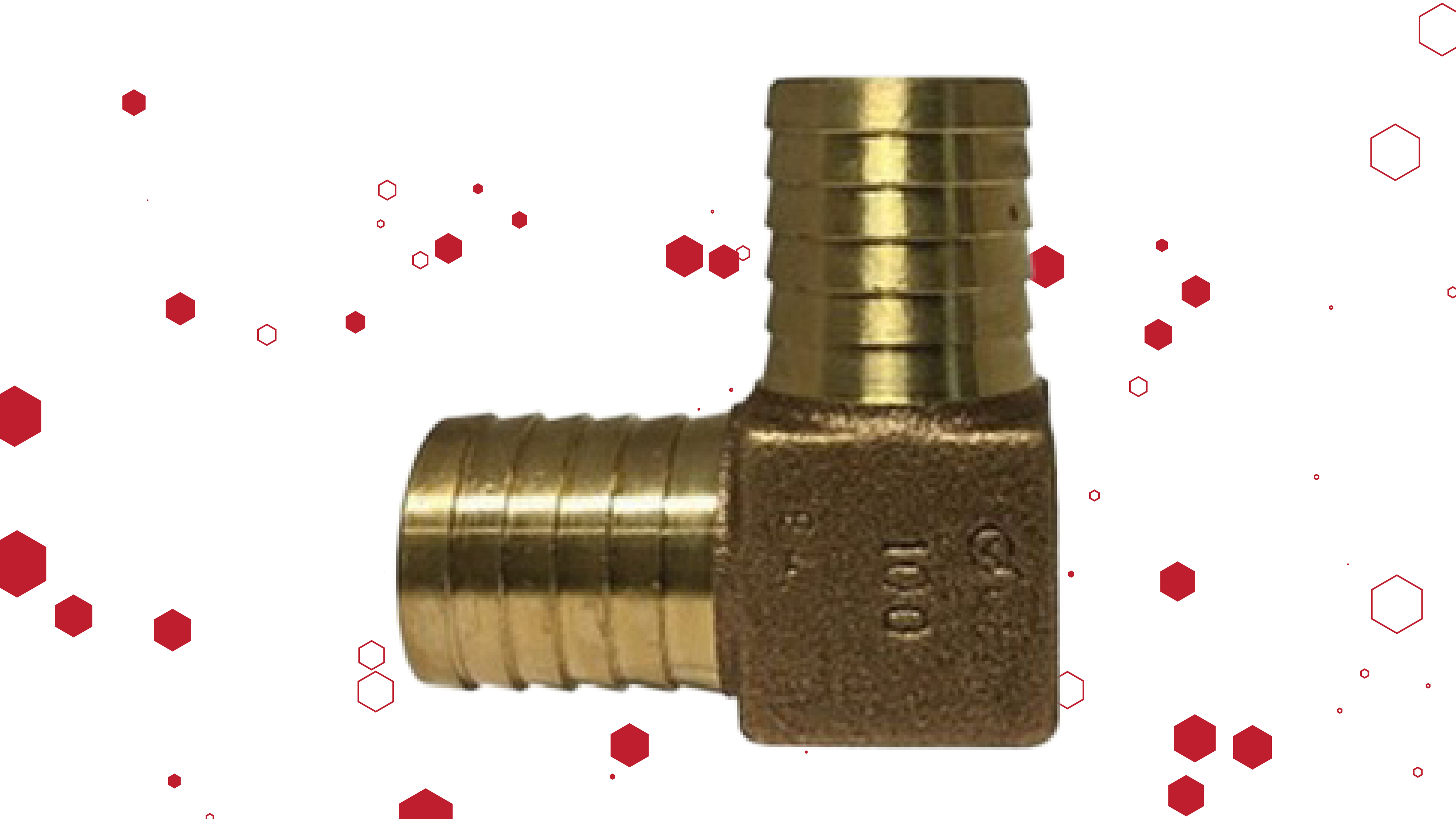The Essential Guide to Plumbing Connectors and Fittings
When it comes to plumbing, the right connectors and fittings are the backbone of a secure and efficient system. Whether you're installing a new fixture, repairing a leak, or designing a complex plumbing layout, understanding the different types of plumbing connectors is essential for ensuring long-term durability and compliance with industry standards.
In this guide, we’ll break down the most critical plumbing connectors and fittings, including supply stops, supply connectors, specialty insert fittings, and couplings. We’ll also explore their key applications and best installation practices to help you make informed decisions for your plumbing projects.
1. Water Supply Connectors: Controlling and Directing Flow
Supply Stops
Supply stops are crucial for controlling water flow to individual fixtures, such as sinks, toilets, and dishwashers. These small but essential valves allow for maintenance and emergency shutoffs without disrupting the entire plumbing system.
Types of Supply Stops:
Angle Stops – Ideal for tight spaces where the water supply needs to turn 90 degrees. These are commonly found under sinks and behind toilets.
Straight Stops – Used for direct connections where the water supply line does not require a bend.
3 Way Stop

Straight Stop

Supply Connector

Key Features:
1/4-Turn Valve – Allows for quick shutoff, preventing over-tightening and reducing strain on the fixture.
Chrome-Plated Finish – Enhances durability and provides a sleek look, making it suitable for exposed plumbing.
Supply Connectors
Supply connectors create flexible, durable links between supply stops and fixtures. These connectors typically consist of an inner water tube covered by a braided stainless steel layer, making them resistant to pressure changes and bending.
Available Sizes:
Supply connectors come in various lengths, such as 12", 16", 20", 30", and 36", providing flexibility in different installation scenarios.
2. Specialty Insert Fittings: Ensuring Safe and Durable Connections
Specialty insert fittings are designed for connecting plastic pipes while maintaining durability and preventing leaks. These fittings are commonly found in potable water systems and submersible pump applications.
Stainless Steel (#304) Insert Fittings
Made from corrosion-resistant stainless steel, these fittings provide long-lasting performance in water supply systems. They are ideal for use in submersible pump installations and other applications where water exposure is constant.
Common Sizes:
1/2" x 1/2", 3/4" x 3/4", 1" x 1", and up to 2" x 2"—ensuring compatibility across various system configurations.
Lead-Free Bronze Insert Fittings
For potable water applications, lead-free bronze insert fittings are essential to ensure compliance with NSF and ANSI standards for drinking water safety.
Available Configurations:
Insert x Insert – Connects two plastic pipes directly.
Insert Tee – Allows for three-way connections to split or combine water flow.
Insert Elbow – Provides a 90-degree turn, ideal for compact spaces.
Insert x Male Branch Tee – Combines a male threaded connection with two inserts for added flexibility.
Insert x Insert

Insert Tee

Insert Elbow

Insert x Male Branch Tee

3. Specialty Couplings and Clamps: Secure and Flexible Solutions
No Hub Couplings
Used primarily for connecting cast iron pipes in drainage and vent systems, no hub couplings feature a stainless steel worm gear for corrosion resistance and a secure fit. They are often utilized in renovations where traditional hub-and-spigot connections aren’t feasible.
Patch Clamps
Patch clamps are essential for quick repairs on iron and PVC pipes. Available in sizes ranging from 3/8” to 6”, they can be used for temporary or permanent leak repairs in pressurized and non-pressurized systems.
Flexible Rubber Couplings
Designed for low-pressure applications, flexible rubber couplings absorb vibrations and allow for minor shifts in the piping system. They are commonly used in wastewater and stormwater applications.
Key Benefits:
Corrosion-resistant stainless steel hose clamps for a secure seal.
Rubber construction for durability and flexibility.
Ideal for environments with minor pipe movement or settling.
Best Practices for Installation and Maintenance
Always choose lead-free fittings when working with potable water to ensure compliance with health and safety regulations.
Perform regular inspections of supply stops and connectors for signs of wear or corrosion to prevent leaks before they happen.
Use the correct sealant or thread tape on threaded connections to ensure a watertight seal.
Check for leaks after installation using a simple soapy water test—if bubbles appear, tighten the connection or apply additional sealing measures.
Final Thoughts
Selecting the right plumbing connectors and fittings is essential for building a reliable and safe plumbing system. Whether you’re working with supply stops, specialty insert fittings, or flexible couplings, understanding their functions and best installation practices will help you create durable, leak-proof connections that stand the test of time.
By investing in high-quality fittings and following proper installation techniques, you can ensure efficiency and longevity in both residential and commercial plumbing applications. For more insights and expert recommendations, stay tuned for additional lessons in our plumbing essentials series!
